Bonnie Prince Charlie: A Biography (22 page)
Read Bonnie Prince Charlie: A Biography Online
Authors: Carolly Erickson
Tags: #England/Great Britain, #History, #Nonfiction, #Royalty, #Scotland, #Stuarts, #18th Century

James Stuart, attributed to Trevisani.
NATIONAL GALLERIES OF SCOTLAND
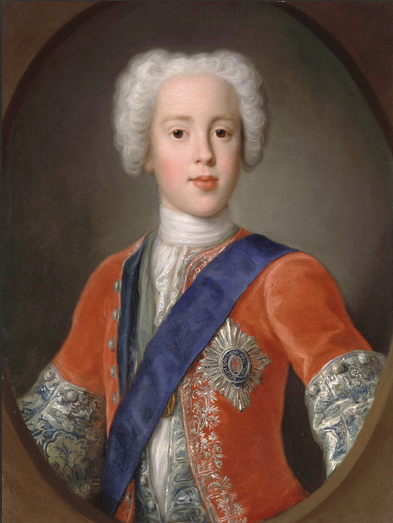
Charles Stuart, portrait by Antonio David.
NATIONAL GALLERIES OF SCOTLAND
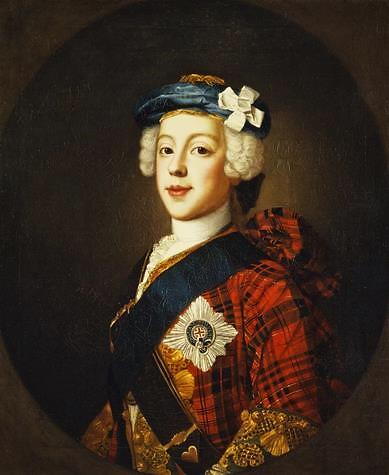
The young Charles Stuart.
NATIONAL GALLERIES OF SCOTLAND
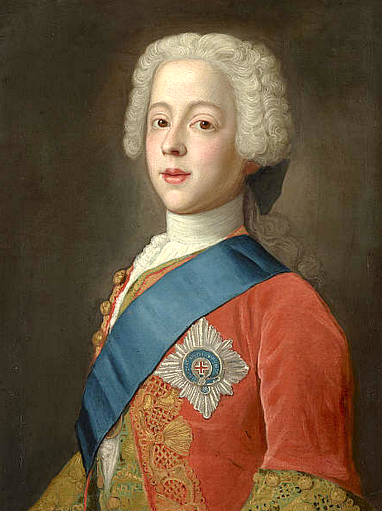
Another portrait of the young Charles Stuart, after Blanchet.
NATIONAL GALLERIES OF SCOTLAND
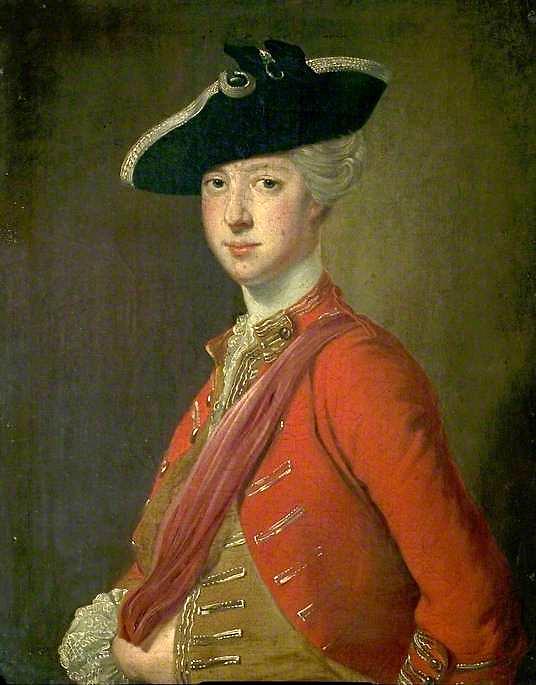
Portrait of Charles Stuart, attributed to Allan Ramsay.
DERBY ART GALLERY
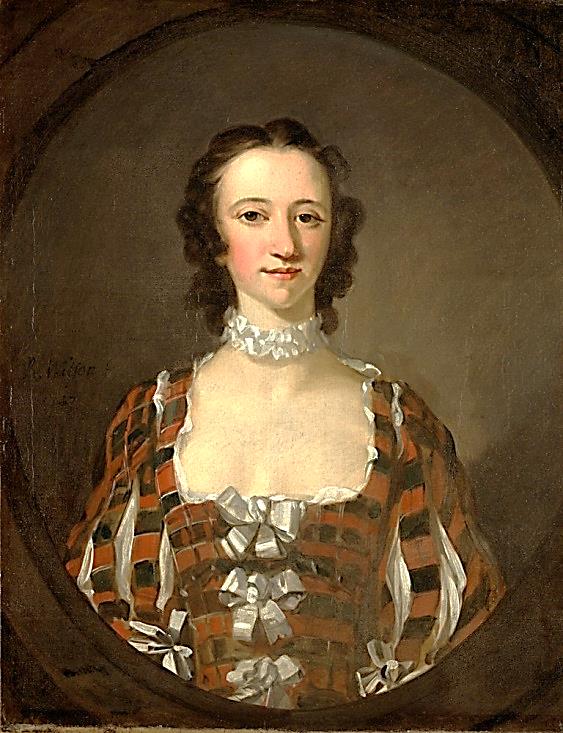
Portrait of Flora MacDonald by Allan Ramsay.
NATIONAL GALLERIES OF SCOTLAND
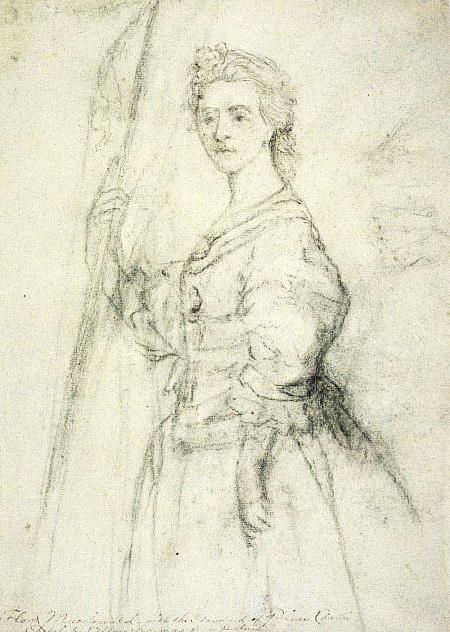
Flora MacDonald, sketch by Allan Ramsay.
NATIONAL GALLERIES OF SCOTLAND
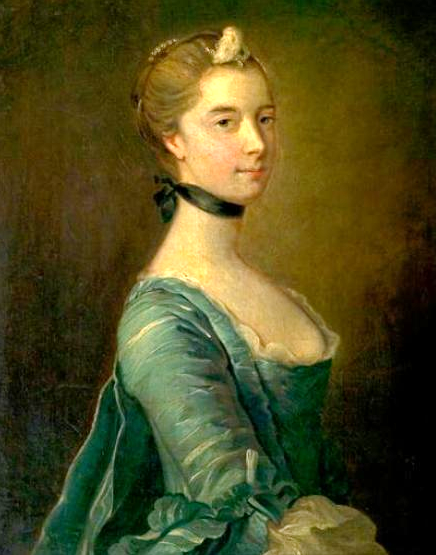
Portrait of Clementina Walkinshaw, attributed to Allan Ramsay.
DERBY ART GALLERY
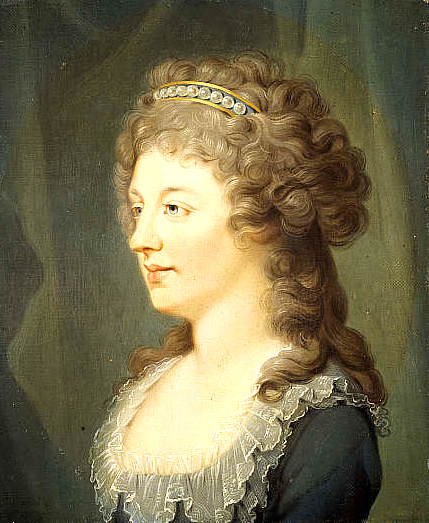
Portrait of Charlotte, Duchess of Albany, Charles Stuart's daughter by Clementina Walkinshaw, attributed to H. D. Hamilton.
NATIONAL GALLERIES OF SCOTLAND
As each day passed on the journey south, new disorders were documented, and fresh directives issued in a vain attempt to stop them. The men did not want to go to England, and each day dozens of them simply decided they would not go, and left the army. "Scampering" became desertion.
Because the men were divided into several contingents taking different roads, the need for disciplined coordination was particularly acute. This was most true of the columns responsible for guarding the bread wagons (for the men were constantly "molesting" the bakers), the regimental baggage, and the artillery. The transport of heavy guns along the rutted, muddy roads and across streams and rivers was a herculean task. The soldiers could not do it alone, they needed the help of craftsmen who repaired the gun carriages and ammunition carts. Even so it was backbreaking work, and dangerous, for while repairs were being made, the entire column was vulnerable to attack.
Still, in spite of the disorder, the bad weather, and the generally lax coordination, the army managed to re-form "almost at the same instant, on a heath in England, about a mile from the town of Carlisle" on November 9.
3
The next day, Sunday, was a foggy day, the fog so thick the men complained they could hardly see their horses' ears, much less the walls of the town. The November weather was freezing cold, and getting colder by the hour. By noon the fog had cleared sufficiently to reveal the town's crumbling red sandstone walls—but this meant that the gunners stationed there could also see the invading army, and they promptly began to fire down on it.
The city walls were in such disrepair that they could be breached without much difficulty, but the thick-walled Norman castle and Tudor citadel were another matter. The Stuart army had no siege artillery, and could not know that the forces defending the town and castle consisted of a body of militiamen and a company of invalids. Nor could they know that the commander. Colonel Durand, governor of the castle, was at odds with the deputy lieutenant and the mayor of the town and was, moreover, uncertain about whether or not he would be able to pay the militiamen.
Soon after noon the thick fog settled in again, and in midafternoon Charles sent a message to the mayor.
"Being come to recover the King our Father's just right," he declared, "for which we are arrived with all his authority, we are sorry to find that you should prepare to obstruct our passage. We, therefore, to avoid the effusion of blood, hereby require you to open your gates, and let us enter." Force would be used, Charles wrote, if the gates were not opened within two hours.
When no answer came, the besiegers began to dig trenches around the walls and to scour the countryside for ladders. Evidently they meant to settle in for a siege.
Meanwhile Charles, hearing that Wade was marching toward Carlisle, determined to meet him, and leaving part of his army to carry on the siege, marched with the rest to Brampton. As it turned out. Wade made little progress because heavy snowfalls blocked the roads; he eventually returned to Newcastle, and after several days Charles returned to Carlisle.
By the morning of November 14, however, the Stuart besiegers were ready to give up. Those in the trenches had been under direct fire from the walls for three days, and had been forced to stay at their posts despite snow and frost; they were at the point of desertion.
Yet the defenders too were exhausted and cold, and on the verge of mutiny. Some had deserted, climbing over the walls at night; all were in fear of the Highlanders, imagining that once they breached the walls they would fall on the defenders and kill them. They had not been paid, and food was running short. The militia officers presented Colonel Durand with a written statement, warning him that "having been lately extremely fatigued with duty in expectation of relief from his Majesty's force, and it appearing that no such relief is now likely to be had, and not being able to do duty or hold out any longer, they were determined to capitulate."
4
The colonel, the mayor and the townspeople, the last hastily assembled at the town hall, all urged the militia to do their duty and defend the town, but they persisted in refusing, and in the end the castle garrison—eighty men, many of them "very infirm"—joined in the determination to capitulate. On the fifteenth both the city and the castle surrendered.
Neither the Hanoverian leaders nor their military commanders had expected the invading force to achieve such sudden and easily won success. First had come Edinburgh, then Prestonpans, now Carlisle. Neither regular troops nor militia had been able to prevent these stunning victories. Clearly Charles's men marched farther and faster than their opponents (sometimes thirty or even thirty-five miles in a single day, a remarkable pace), and were led by superb tacticians. They could no longer be dismissed as an undisciplined rabble. Undisciplined they might be, but theirs was a brand of indiscipline that terrorized more seasoned troops and was chillingly effective.
With their victories came a mystique of invincibility, heightened by the fact that no one in England was able to say precisely how many of them there were or where they would attack next. Official reports put the numbers of Charles's fighting men at between twelve and thirty thousand, and the Jacobites themselves encouraged exaggerated estimates of their strength by marching and countermarching their men through the towns, having the same troops enter and reenter by different gates on different days. Word spread throughout the north of England that the Stuart army was huge, advancing like a swarm of locusts through the countryside, destroying or sweeping aside all that stood in its path. In London, the Lord Chancellor Hardwicke (one of the few men in the government who estimated the size of the Jacobite force accurately) remarked that ''if they do slip Wade, they will march like a torrent." The words were prophetic. The march south appeared to the local inhabitants to be nothing short of torrential, a vast flood unleashed upon a helpless populace.
